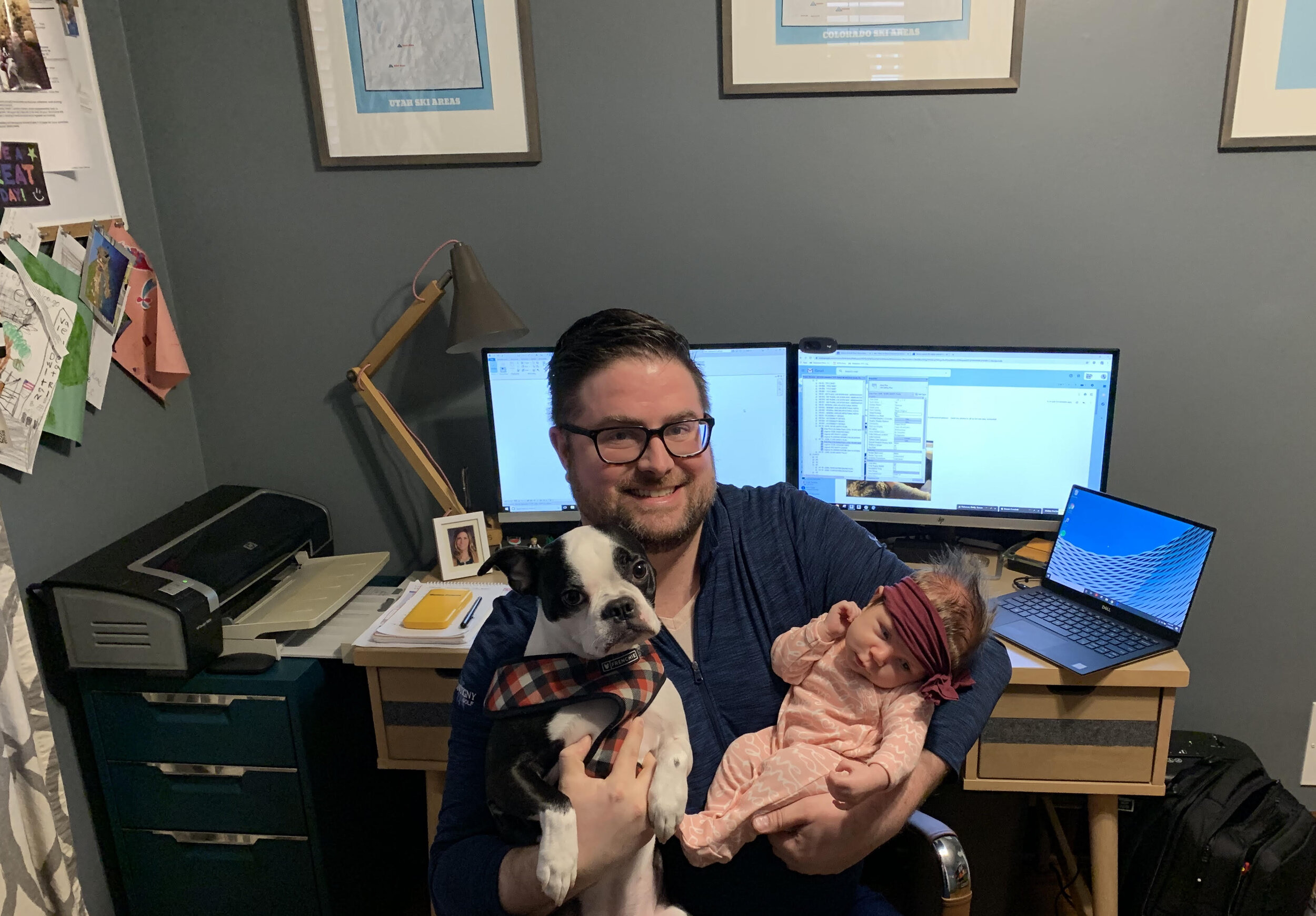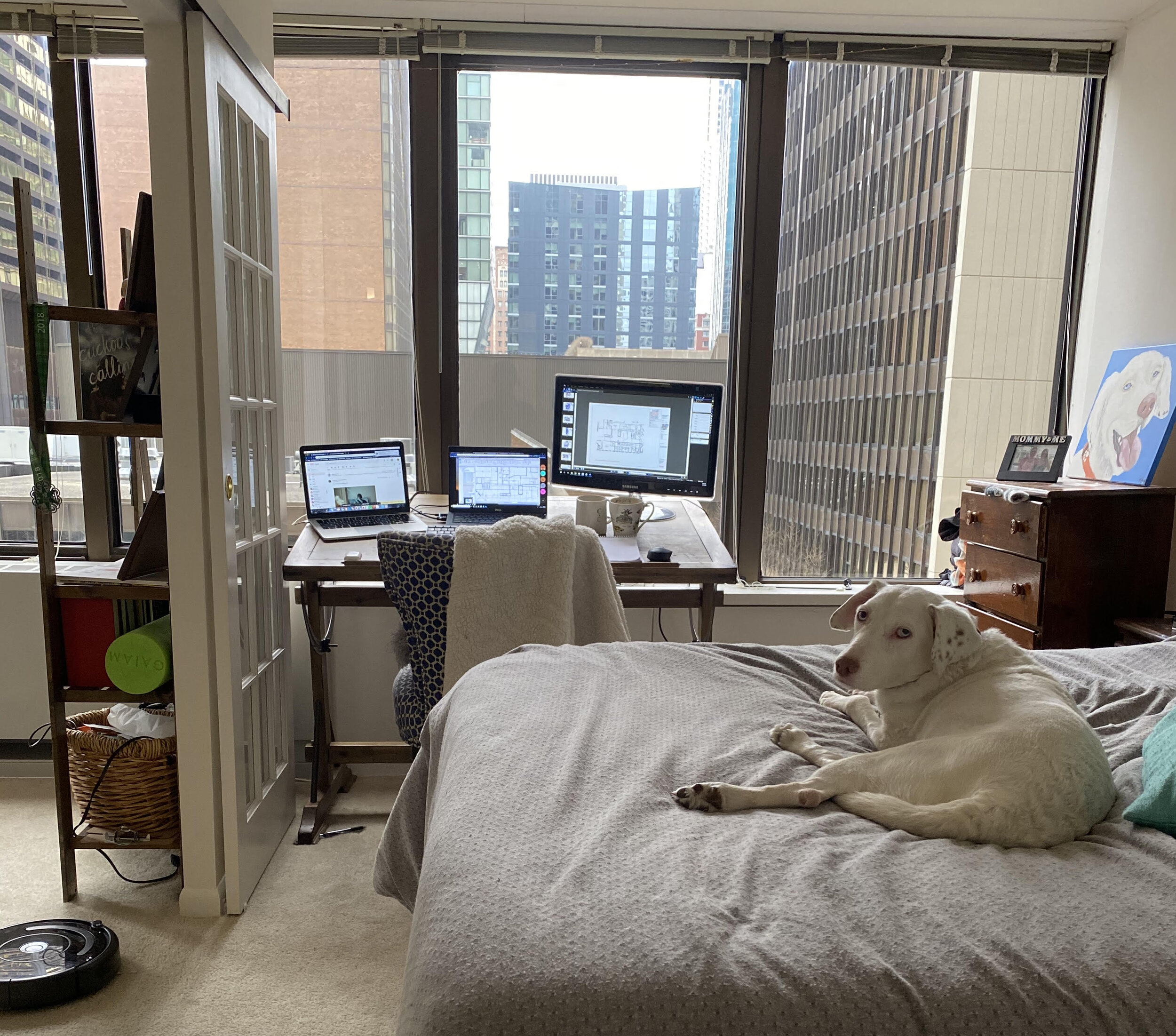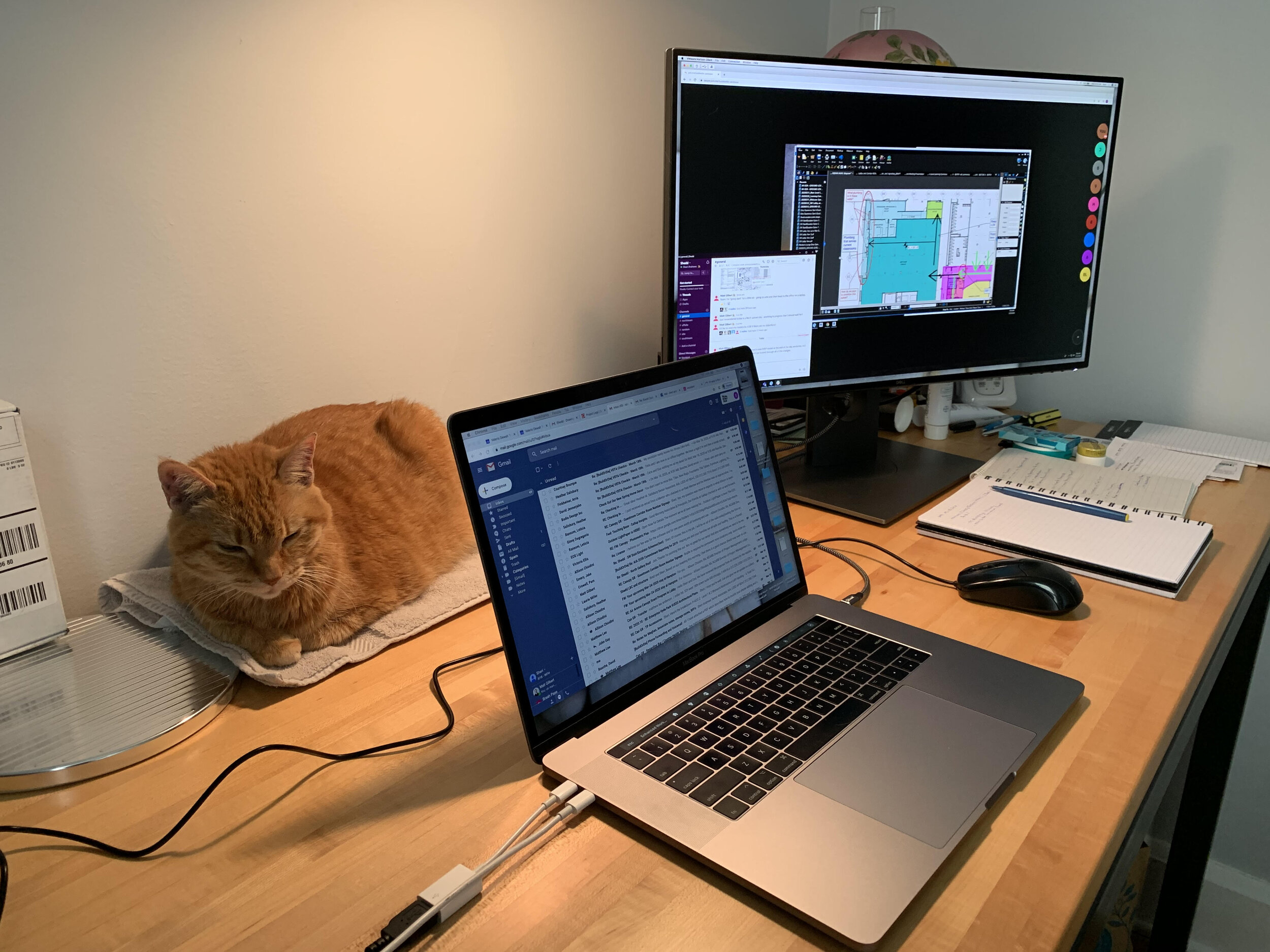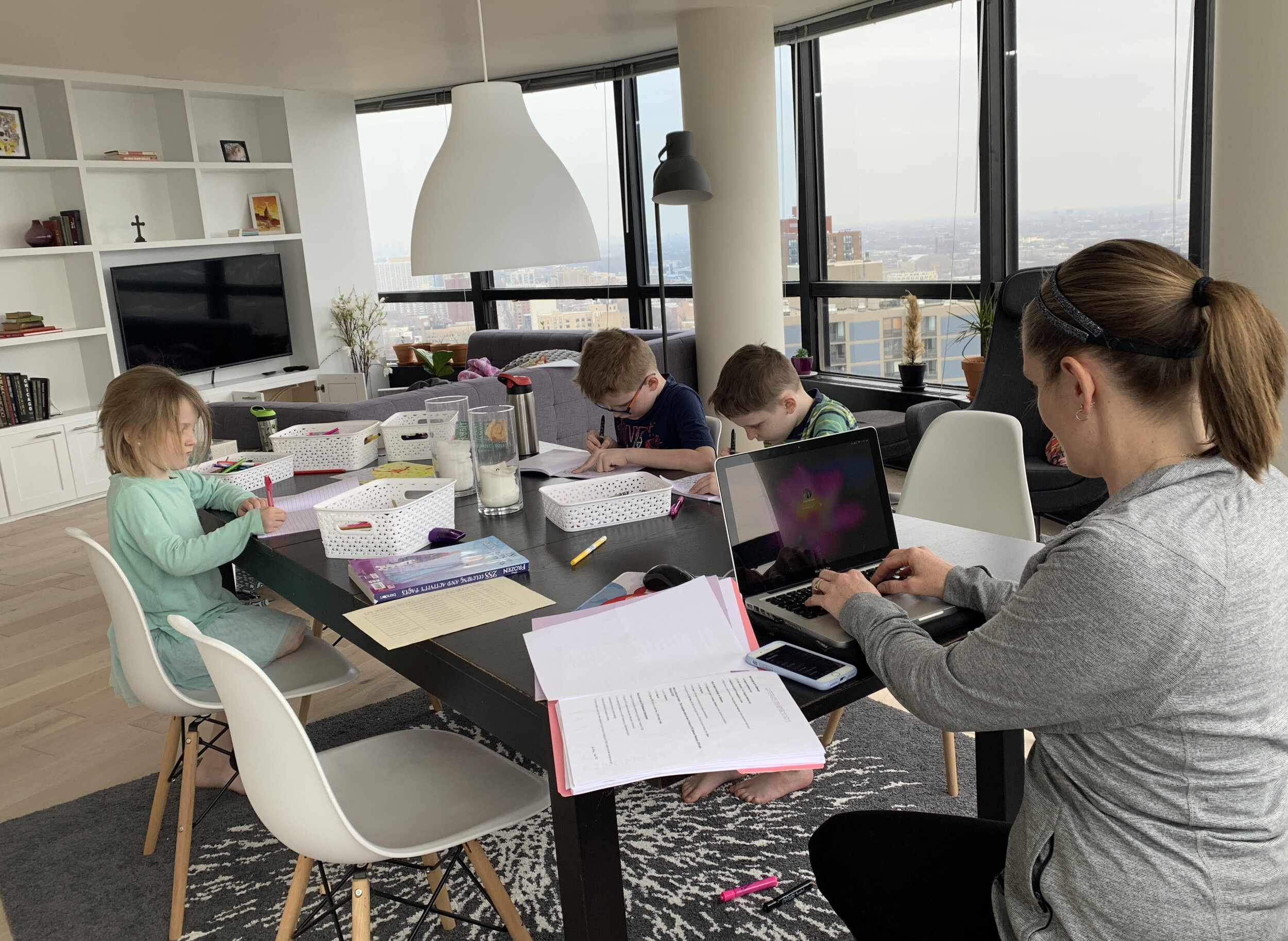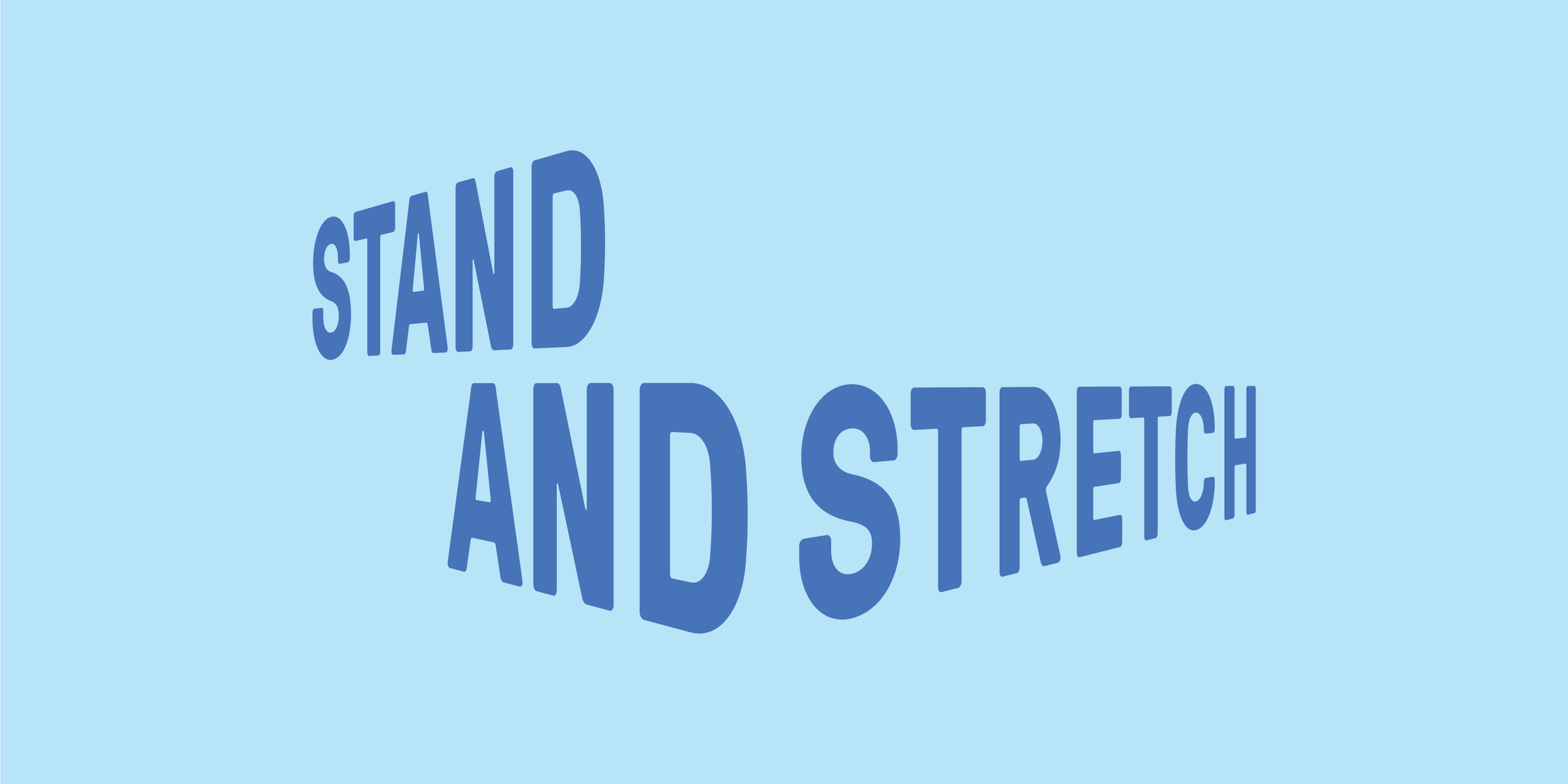Managing a Remote Workplace
VDT’s Principals discuss how they’re managing an office in times of uncertainty
As a national firm with offices across the country, we have been lucky to have much of the organizational infrastructure in place to transition smoothly to a remote work environment. Our staff in Chicago, San Francisco, Palo Alto and Denver are already accustomed to collaborating remotely, so we were fortunate to have most of the logistics already in place. But no change ever comes without challenges, and this pivot to 100% remote work during COVID-19 has indeed required adaptation and flexibility from everyone. We recently spoke to our firm's leadership to understand what new measures have been implemented to facilitate work as everyone shelters-in-place.
Greeting Staff with Daily Firm-Wide Communications
Louis Ray: Greeting people first thing in the morning has always been part of the routine, and is something that we’ve been trying to continue virtually. Every morning we send out an email to the firm with a different theme that tries to get people to stay engaged and share something. We have long chains of responses where people share photos of their workstations or favorite travel photos. These short interactions are nice to start your day off with a smile.
Christine McGrath Breuer: The morning emails are really great conversation starters for calls throughout the day. I always marvel at people’s workstations and incredible home cooking! In some ways, you wind up having a more personal connection with people just because of those—it's a great way of staying connected and boosting morale.
Image from Architect Matt Gamache
Image by Architect Alex Raynor
The Importance of Frequent Calls with your Team
Steve Droll: We had started a system based on remote work and even though we're all quarantined, it's no different today than it was a month ago—we just focus on daily check-ins. Interestingly enough, I find myself doing more video calls with the team now than I did previously just because I was traveling and seeing them in person every two weeks. Now we do a video call at least once a day, which I think is important, as seeing each other really adds another level of connection.
Joe Lawton: We’ve started a weekly video-conference team meeting to make sure we’re connecting face-to-face, where we’re finding fun ways to share creative tips and running creative challenges. I also find myself picking up the phone more than when I was in the office. I have a daily 30-minute “sync-up” call with Crystal Adams, design director for Media-Objectives. When someone reaches out via Slack, sometimes I’ll respond with a quick phone call, because otherwise things can get lost in translation. I’ll also make sure to check Slack to see who I haven’t talked to in the last 24 hours, and I’ll message them to find out how it’s going.
Christine McGrath Breuer: For the smaller interior projects where we’re used to meeting frequently in person, we're doing the same thing but with a series of shorter calls throughout the day. It's often with as little as two or three people, but they're frequent. It’s important to be available and there for your team as much as possible.
Randy Mattheis: For a large complicated project, we start out each Monday morning with an all-team meeting so that everyone understands their work within the overall effort. We have lots of subgroups of varying sizes to cover different topics, which equates to many streams of small conversations. The team that supports each topic has regular check-ins on a weekly basis to make sure everyone has all the information and resources to move the work forward.
Joe Valerio: Checking in with people individually is very important, especially with team leads. I find that they are deep in the trenches and have a lot on their mind, which they often don’t fully convey by email. So I make sure to call frequently and ask how things are going. More often than not, there’s more going on than meets the eye and having someone there to listen and support them can make a big difference.
David Jennerjahn: Our teams generally sit together at the office, and true to studio culture, people are frequently stopping over to each other's desks to look at progress and discuss it. This type of collaboration is important, and we try to continue it as much as possible through video calls on a daily basis. These meetings are frequent and can sometimes be as short as 10 minutes, but are certainly worth doing.
Image by Architect Matt Gilbert
Image by Francisco Lopez de Arenosa
Embrace the Situation—and People’s New Workmates at Home
Dave Rasche: I actually really enjoy seeing the parakeets, dogs, cats and children on video calls. It's kind of fun and adds a good tone to a conversation!
Christine McGrath Breuer: Many of my team members have kids, so there's kind of that sidebar banter about the children that might take the first minute of a call. It’s important to let everyone know that it's OK if somebody needs to go on mute or suddenly step away for the little ones. I often have a little head that pops up behind me on video calls when my seven year-old joins me and asks questions—but I've learned to ride the mute button pretty well!
Image by Interior Designer Emily Phillips
Empathy: Non-Work Related Talk
Interior Designer Rebecca Snow shares her living room situation
David Rasche: I am very direct in asking people how they are outside of work—how is everybody doing? You guys panicking? Getting enough exercise and taking breaks? Most of us with spouses or children may find it easier to keep grounded, but I worry about younger staff that live alone, where spending so much time inside can have a profound impact. These generations also haven’t lived through similar situations, like 9/11, so they may not be as mentally prepared as we think. Asking questions and addressing the weirdness of the situation is important to help relieve that anxiety.
Steve Droll: COVID-19 may be the event that defines this generation. Those of us that were in the office during 9/11 will remember watching the events unfold in real-time at the office, and being sent home. These are life events that we look back on, and define our professional career. So it's important to be there for each other, and empathize with everyone’s situation.
Randy Mattheis: We also spend some time on calls where we go around and talk to everybody about how things are going and what challenges they're finding. It's interesting how connected and available people are to really participate in that part of the conversation.
Encourage Breaks
Architect Andrew Paul shares his workspace with a rowing machine
David Jennerjahn: After hitting a recent deadline for a project I told the team to go out for a walk. My teams have been great about staying on top of things, and have been working very intensely. So when we have reached that point of accomplishment, it's important to reward ourselves a little bit.
Joe Lawton: I’m lucky that my dogs force me to leave my desk during the day and go for walks. Every morning at 10:00 AM, one of them starts staring at me from the corner of the bed, and that makes me realize, “Oh, I haven’t gotten out of my chair in three hours.” It helps that dogs have no idea what’s going on. They’re still happy, and they remind us we can get through this.
Situation Aside, Socializing is Still Part of VDT Culture
Bill Turner: I remember the first remote Beer Friday that we did was really magical. Providing that social connection after being cooped up for so long is very important, and everyone really seemed to thrive from it. It’s part of our firm’s DNA and culture, and something that we have to continue. It also helped that we recently started using Zoom, since it enables us to get that multiplicity of faces and voices interacting at once.
Authors
Steve Droll,
Principal
Randy Mattheis,
Principal
Louis Ray,
Principal
David Jennerjahn,
Principal
Christine McGrath,
Principal
William Turner,
Principal
Joe Lawton,
Principal
David Rasche,
Principal
Joe Valerio,
Principal









